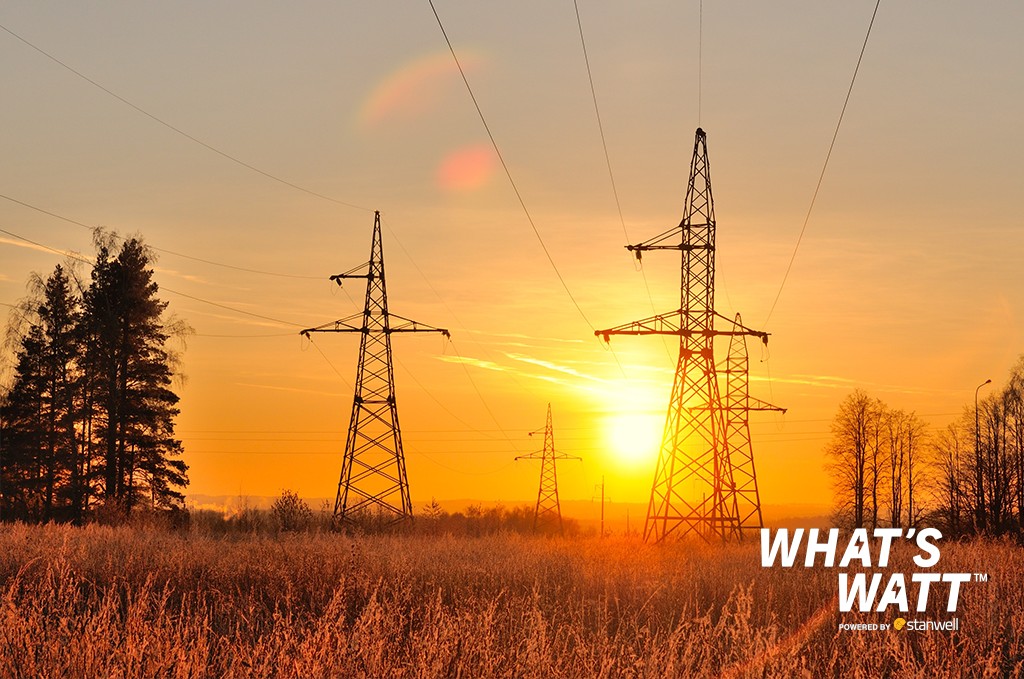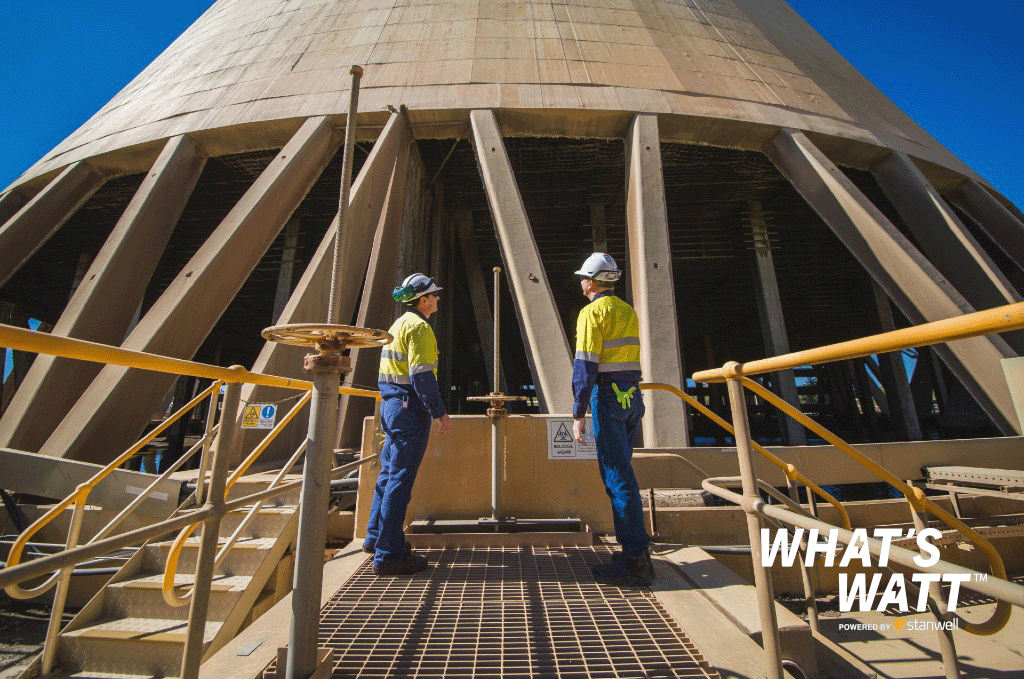Wholesale electricity prices have risen sharply in Australia in recent months, driven by higher fuel costs, generator outages and increased demand heightened by unseasonable weather patterns. Here’s what is driving these increases in the market.
The wholesale electricity price is what energy retailers pay for the electricity they provide their customers with. According to the latest Quarterly Energy Dynamics report from the Australian Energy Market Operator (AEMO), wholesale electricity prices in the National Electricity Market (NEM) – which supplies electricity to about 89 per cent of the Australian population – have more than doubled over the space of 12 months.
Wholesale electricity prices averaged $87 per megawatt hour (MWh) in the first three months of 2022, which is up 67 per cent from the last three months of 2021, and up 141 per cent from the same period last year. This is the highest the wholesale price has risen since the first half of 2019.
Here are the major reasons why the price of power is on the increase.
Higher fuel prices
While renewables are on the rise, traditional generators powered by fossil fuels still make up most of the generation in the NEM. They continue to play a critical role in ensuring the grid remains stable, secure and reliable, and electricity remains affordable when the sun isn’t shining and wind isn’t blowing.
In the wake of Russia’s invasion of Ukraine, international coal and gas prices are surging. Russia’s coal and gas exports have traditionally helped to fuel the global economy, and with the United States, the European Union, Australia and others imposing economic sanctions on Russia and weaning themselves off Russia’s fossil fuels, demand for coal from other producers – including Australia – has soared.
In fact, even before the crisis in Ukraine, the world was in the grip of a global energy crunch, driven partly by extreme weather and a surge in demand for coal and gas as COVID-19 lockdowns ended around the world. This had already pushed coal prices to then-record highs late last year.
This, in turn, means that the cost of generating electricity for Australian consumers has gone up, because Australia’s power stations must compete with more overseas buyers for black coal. Not every unit has been exposed to these high prices – Victoria’s generators use brown coal, which is not viable to be exported – but enough have, and the effect has contributed to driving up the wholesale electricity price.
Unit outages and limited transmission capacity
AEMO says outages at some traditional generators have also contributed to the wholesale price spike. The report notes there was record low availability of energy from coal-fired generators in Queensland and New South Wales, down three per cent to its lowest March quarter level since at least 2002, due to outages across several sites.
Unplanned outages, generally caused from maintenance work, can cause can trigger the wholesale power price to shoot up enough to affect quarterly prices, even if the timeframe for them is extremely short before the units come back online.
The Interconnectors that link the participating states in the NEM are supposed to help equalise wholesale prices across all states when these outages occur. But the AEMO report notes there is inadequate connection capacity between Victoria and New South Wales, which means that generators in Victoria and South Australia are limited in their ability to sell to northern markets, driving up wholesale prices in Queensland and New South Wales.
Minor upgrade works on the Queensland-to-New South Wales Interconnector also briefly impacted the ability of Queensland generators to export energy to New South Wales during this quarter.
AEMO says there is also insufficient transmission capacity within New South Wales itself, which means it sometimes must intervene and curtail wind and solar output to avoid overloading transmission lines.
Queensland, New South Wales and Victoria are each developing Renewable Energy Zones to avoid this problem, and ensure that renewable energy can flow reliably and efficiently to homes and businesses with minimal transmission loss.
Increased demand
The La Niña weather pattern made its presence felt throughout the March quarter, with heavy rainfall and devastating flooding in parts of Queensland and New South Wales, and many sites recording their highest daily rainfall on record.
With warmer temperatures and elevated humidity driving up demand for electricity to power air conditioners, and overcast conditions with low solar and wind generation, there was a significant increase in average operational demand. (Operational demand is the demand for energy supplied from the grid, as opposed to behind-the-meter systems like rooftop solar.) It was left to traditional generators to make up the shortfall between supply and demand.
Since this increase in demand coincided with the unplanned outages and higher fuel prices that limited supply, it contributed to the surge in the wholesale price throughout the quarter.
How does this affect your power bill?
Households don’t feel the effect of higher wholesale prices immediately. Energy retailers limit their exposure to price variations in the market by entering long-term contracts with generators, locking in firm prices for their electricity over extended periods of time.
This means that the contracts between generators and retailers don’t directly mirror spot wholesale prices (the price energy can be bought and sold for in the marketplace at any given time), which change every five minutes.
Retail electricity prices – the price you pay for power – typically only change once a year. Wholesale prices are only one of the factors that impact your energy bill; and made up just 35 per cent of the average bill in 2021. Network costs – the costs of transporting electricity to homes and businesses, including utility poles, power lines and infrastructure – tend to make up the largest part of consumers’ energy bills.
However, these high wholesale prices will soon filter through to consumers, with AEMO forecasting that providers will pass on the higher costs when retail electricity prices are reset in July, and the Australian Energy Regulator (AER) raising the price that providers are allowed to charge their customers in South East Queensland, New South Wales and South Australia from July 1.
With fuel and grocery prices also going up, the Queensland Government has announced that Queenslanders will receive a $175 Cost of Living Rebate on their next power bill. Electricity providers will automatically apply the credit to customers, so Queenslanders won’t have to apply for it.
There are several other steps you can take, including improving your insulation to reduce the need for artificial heating and cooling; purchasing energy-efficient appliances; replacing halogen lights with LED bulbs; washing clothes in cold water instead of warm water; and of course, investing in solar panels.
Learn more about how you can reduce your electricity usage and save money on your power bill here, and stay tuned to What’s Watt for the answers to all your energy questions as the market evolves.



